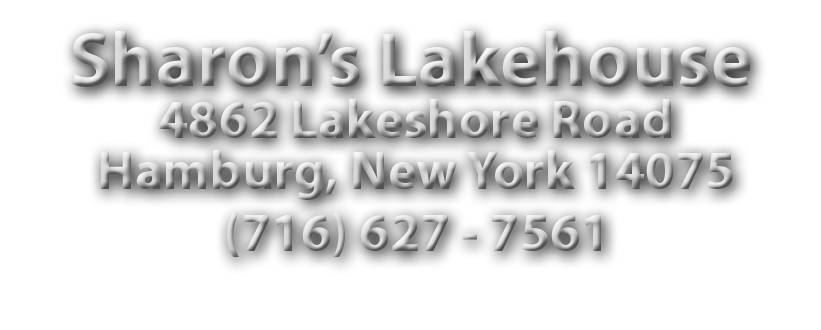Basic Principles of Typography Optimization in Responsive Website creation
Approach heard a lot about Reactive Web Design (RWD), as it is one of the most talked about issues on the internet nowadays.
Nevertheless , most of the times, grids and pictures, fluidity and adaptability grab all of the attention and barely virtually any discussion on the typography.
Even though it’s one of many essentials that demand importance but the majority of designers somehow tend to dismiss this element. In this jot down, my exclusive focus is on receptive typography regarding the website design.
Content, even though the most important ingredient of any site, blog, community or index, is the content plus the way it is actually presented. However the focus of designers is mostly on the website design. This is when the problem takes place.
The adaptive web design already takes care of this aspect at some level, by which includes some degree of responsive typography. Yet this cannot be called complete nonetheless it comes loaded with numerous typographic options. Yet , before we go into the details, let us initially understand what receptive typography is certainly.
What is Responsive Typography?
Receptive typography means that the text online is not only resizable depending upon the screen size belonging to the device, nevertheless is also improved in order to boost readability. At present, we may only work with desktops or laptops gain access to internet and browse websites but also make use of tablets and androids.
For quite long, the designers have been solely focusing on website design help to make it extremely versatile to the different screen sizes. There has been almost or not much effort designed to optimize or adapt the information and its display according to the screen size. Reactive typography the address this issue, presenting an opportunity to designers to experiment with this content also.
Basics of Receptive Typography
The concept of responsive typography works on 3 basic principles:
Resizable text
Optimization of range length
Comparison
Whenever you make any decision about the presentation of text, it obviously starts off from the font type. Whatever type of typeface you are employing, but it is critical to make sure that the information can be easily read. If you would like to keep it very basic, the only options are Serif and Sans Serif. Serif is generally used for headings or titles, whereas Sans Serif is used for the remainder of the content.
The logic is pretty simple. The Sans Serif font offers you more liberty to experiment with. So , you can actually use it for the chunk within the text. The Serif font, according to the designers, is quite severe, thus making it a perfect decision for titles.
Resizable Textual content
When choosing the typeface size with respect to the text on your own website, be sure you specify that in the stylesheet according to different screen sizes. Nonetheless how to decide the correct font dimensions are another concern. For this the rule of thumb is normally experiment upon you.
Yes, pick the font size and examine how adityadeveloper.in it looks when you work with a desktop, a tablet and a smartphone. Understand that people look at their cell phones from incredibly near where as tablet is usually, most of the time, somewhat above the knees when a end user is sitting down. In short, distance matters. For those who have a hard time examining it, increase the font size.
Optimization of Line Distance
Optimizing the queue length is quite an important feature. The reason is that a desktop possesses a bigger screen and can cater to around 75 characters in a line although this will verify detrimental to legibility on extra small screen-size. Although there are not any hard and fast rules, but of course, the length of a line plays a serious role in the visibility and readability of the content.
Therefore , choose the entire line appropriately for different products and ensure that this does rights with the screen-size as well as the general website design.
Contrast
Do not take too lightly this element of typography. Check different backgrounds and color clashes before going live and decide on the one that looks best. While testing, you may realize that something that looks extremely nice over a desktop may not produce a similar effect when ever seen over a smartphone or possibly a tablet for instance.
So , the rule of thumb is certainly, experiment with several devices possible when it comes to Responsive Web Design and responsive typography. Buy or perhaps borrow, although make sure that the solution will fit all display sizes and looks absolutely amazing.
